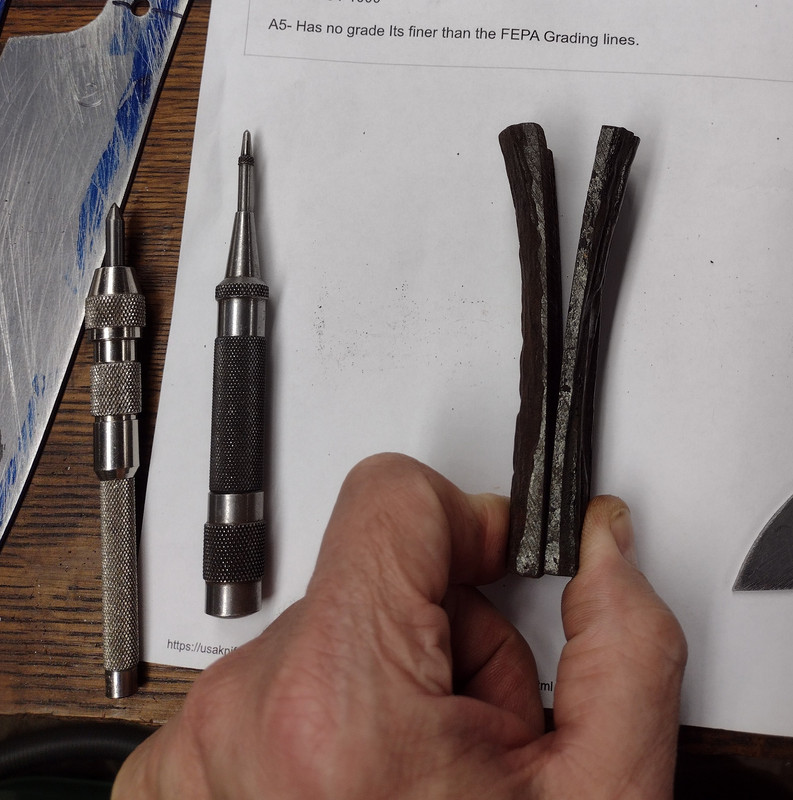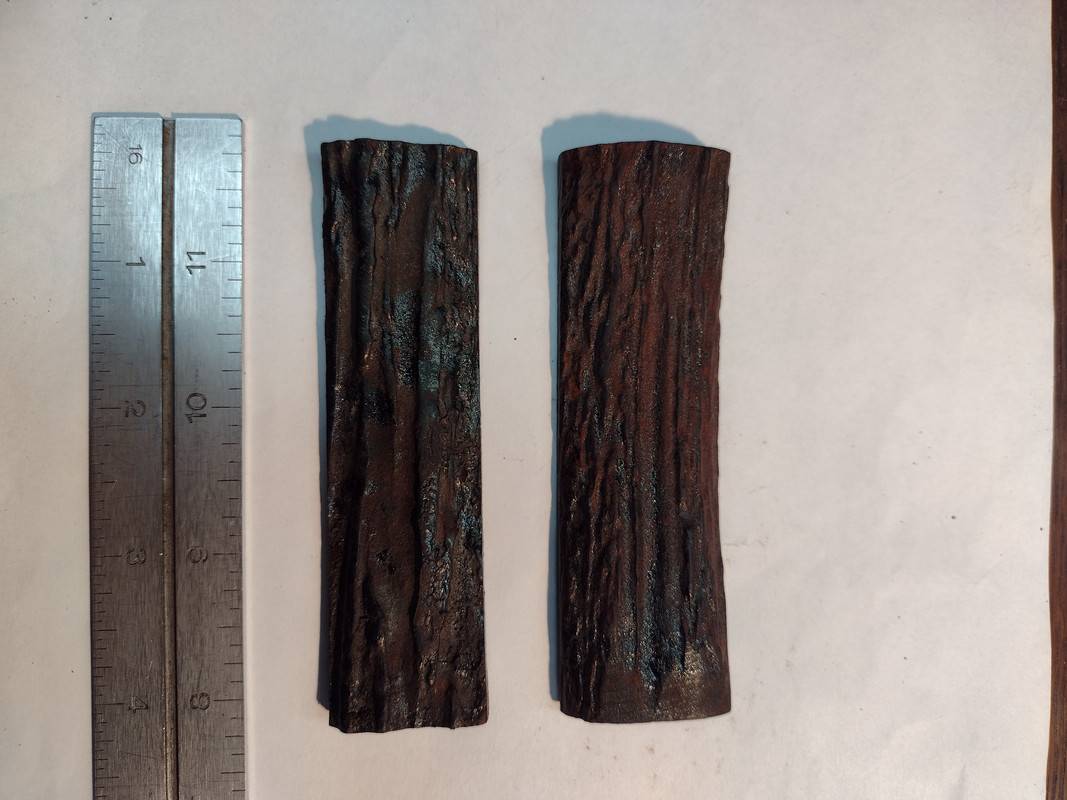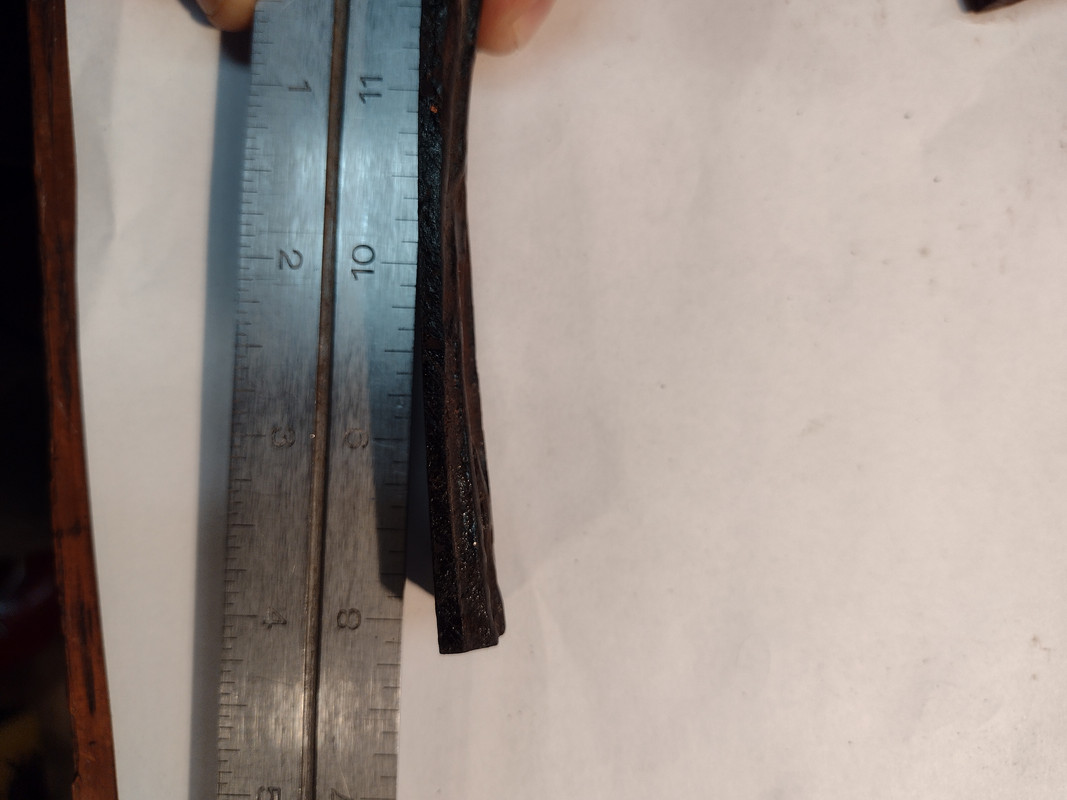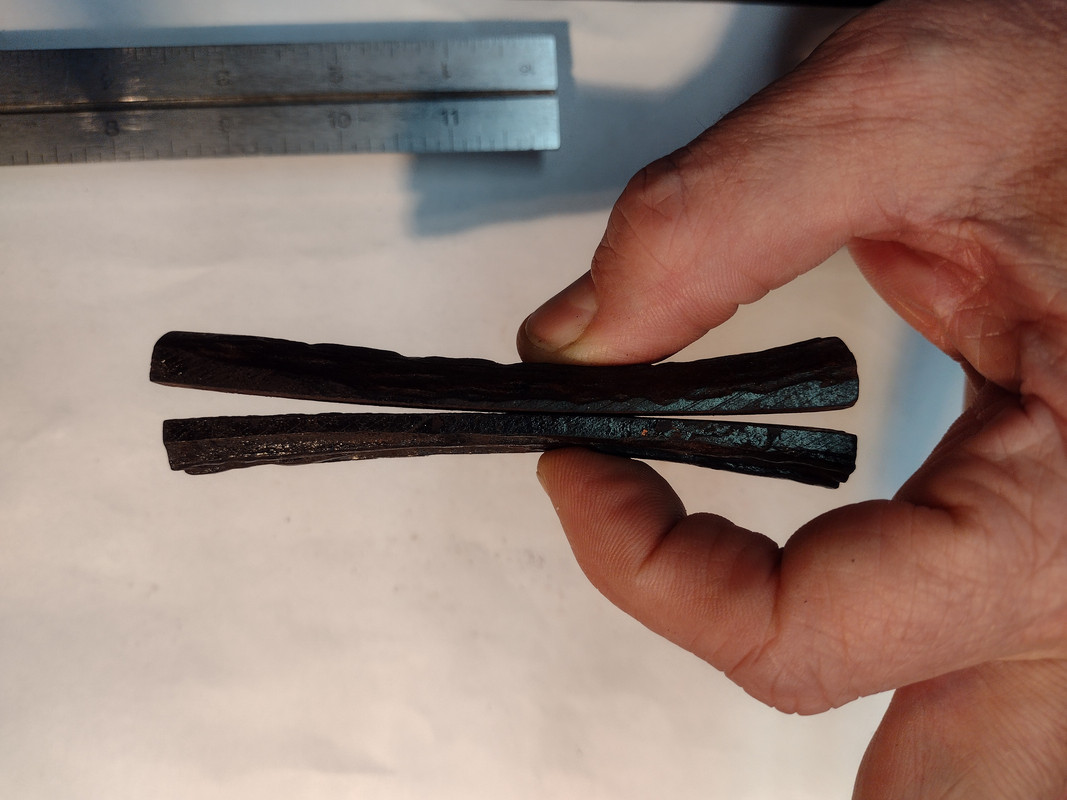I've been straightening Red Deer antlers here in Mexico for the last ten years or so. The following is directly from my website.......
"Mostly I work with the antlers of Red Deer (Cervus elaphus) raised on a government ranch in Tzucacab, two hours south of Merida. Twenty years ago a herd of a thousand red deer were imported from New Zealand and distributed around the country, where they have thrived. The ranched meat takes some of the pressure off of the local deer (although most of the deer are taken by subsistence hunters who can’t afford to buy the ranch raised meat). Workers collect and sell the shed horns. The skins are tanned and sold as well.
The Red Deer antlers present challenges – they have a lot of pith and they grow in twists and curves. At first I had a lot of waste – trying to cut straight pieces out of the curves. Most pieces were either too thick in the center or too thick at the ends, so I lost a lot of the antlers surface texture while trying to even out the thickness.
But, by studying how the old Sheffield knifemakers worked antler, I’ve learned how to process them more efficiently, and get more beautiful handles. 19th century cutlers often hafted their exhibition knives with stag horn from the Scottish Red Deer – the same species being raised in Yucatan. Now, to fully utilize the antler, I split it with the curve, parallel to the outer surface, and then grind away most of the porous pith from the inside. I’m left with thin, twisted and curved pieces, each of uniform thickness – some curving inwards, some outwards. I put them into a kettle of boiling water for a couple of hours to soften. Then I take them out, twist and bend them straight, and clamp them between boards to stay flat while they dry. I then thin and flatten them further, working from the back, until they’re of the correct dimensions.
A final refinement in the processing of the Red Deer antlers has come with Logwood (Haematoxylum campechianum). The Spanish first cut the Logwood trees of Campeche in the 16th century and sent the wood by ship to Europe, where it was used in dyes for fabric and in inks and paints. But the Sheffield horn and bone workers used it, too. They added Logwood chips to the boiling water used to soften the antlers for straightening. The natural pigments from the wood darkened the otherwise pale Scottish Red Deer antlers. Now I do the same. Today, though, in Campeche, Logwood is very difficult to find, as the Spanish, English and later, the Mexicans, cut it almost to extinction. Fortunately it also still grows in Central America and on some Caribbean islands, where it was introduced."
There is one more step between the Logwood boil and flattening...... to "fix" the dye and trun it dark, the antler scales are boiled in water with an added mordant, Ferrous Sulfate. Then clamped flat.
Sludos
J







